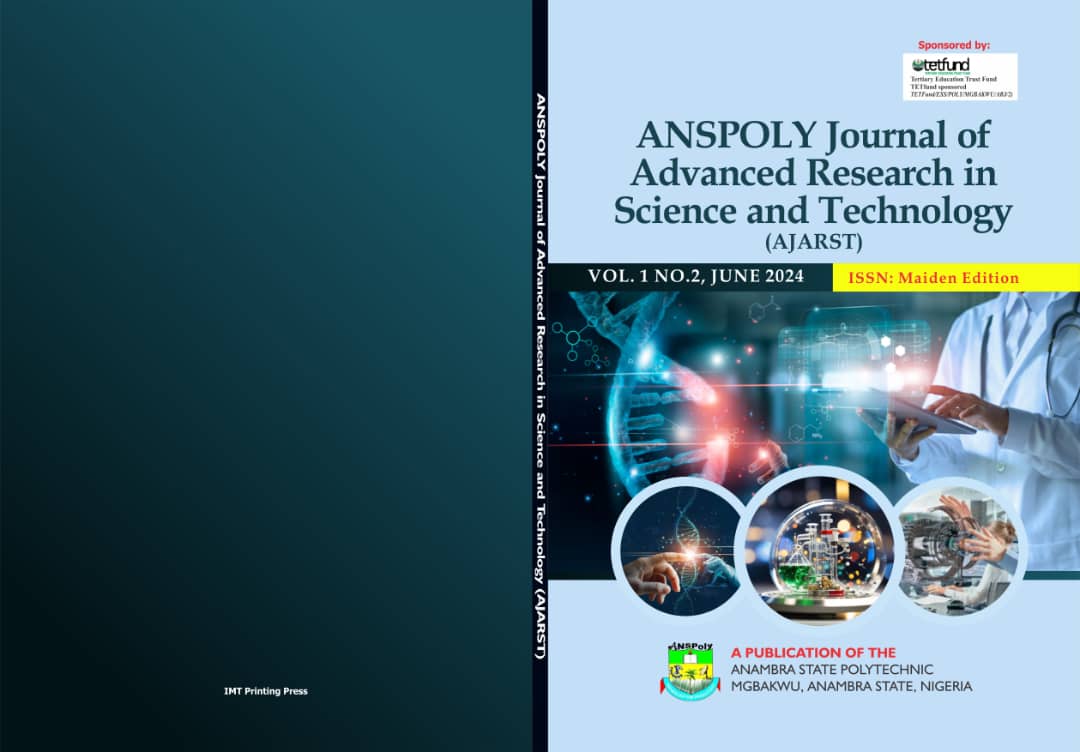MONITORING OF A COMMUNICATION NETWORK USING ARTIFICIAL INTELLIGENCE-ENABLED ROUTING TECHNIQUE
Keywords:
Network Monitoring, Communication, Artificial Intelligence, Routing, Software Defined Network, Artificial Neural NetworkAbstract
A networking design known as Software-Defined Networking (SDN) separates the control plane from the data plane and consolidates network administration into a single location known as the controller. The flow tables for every switch in the data plane must be prepared by the controller. While dynamic routing may reroute in the event of congestion by regularly assessing each data flow's condition, issues with an appropriate monitoring period duration and the inability to learn from prior mistakes to prevent making similar but inefficient route choices still need to be resolved. This paper introduces an Artificial Intelligence Enabled Routing (AIER) mechanism with congestion avoidance in SDN. By introducing Artificial Intelligence (AI) technology, this mechanism can not only provide learning ability and superior route decisions, but also mitigate the impact of monitoring periods with dynamic routing. By adding three more modules to the control plane—topology discovery, monitoring period, and artificial neural network—we assess the effectiveness of the suggested AIER mechanism using the Mininet simulator. Performance measurements, such as average throughput, packet loss ratio, and packet delay vs data rate for various system monitoring periods, show the efficiency and superiority of our suggested AIER method.



